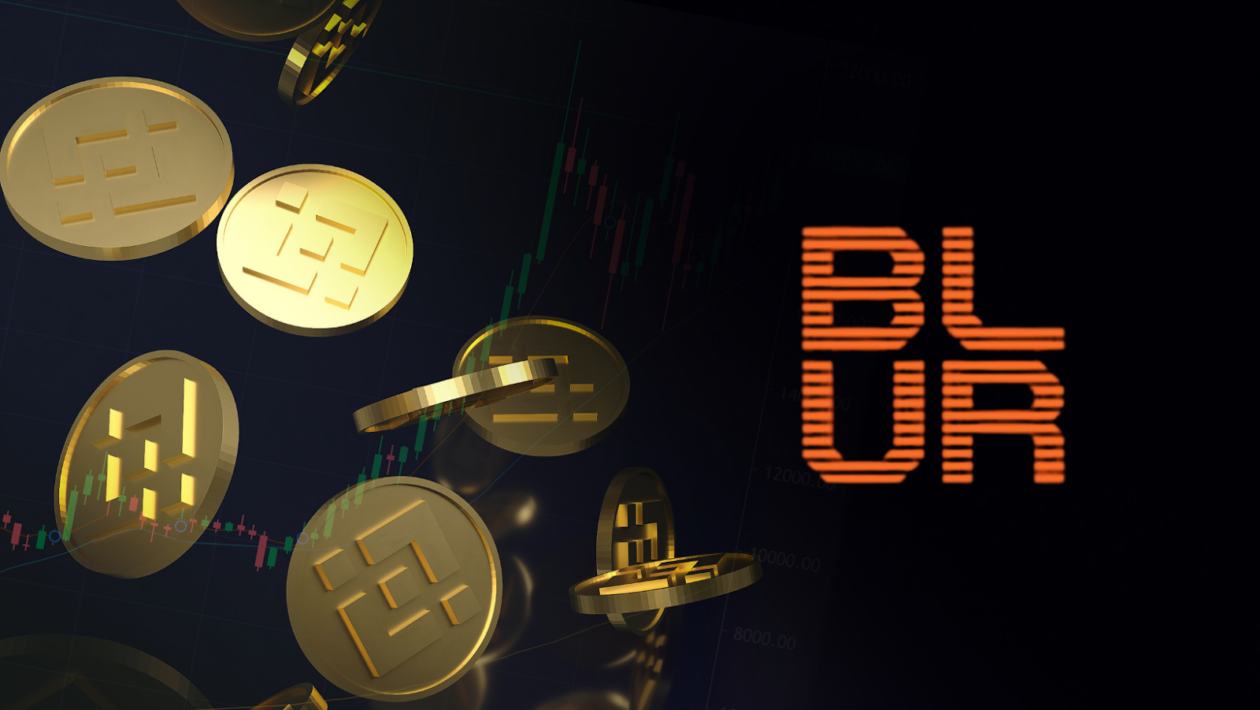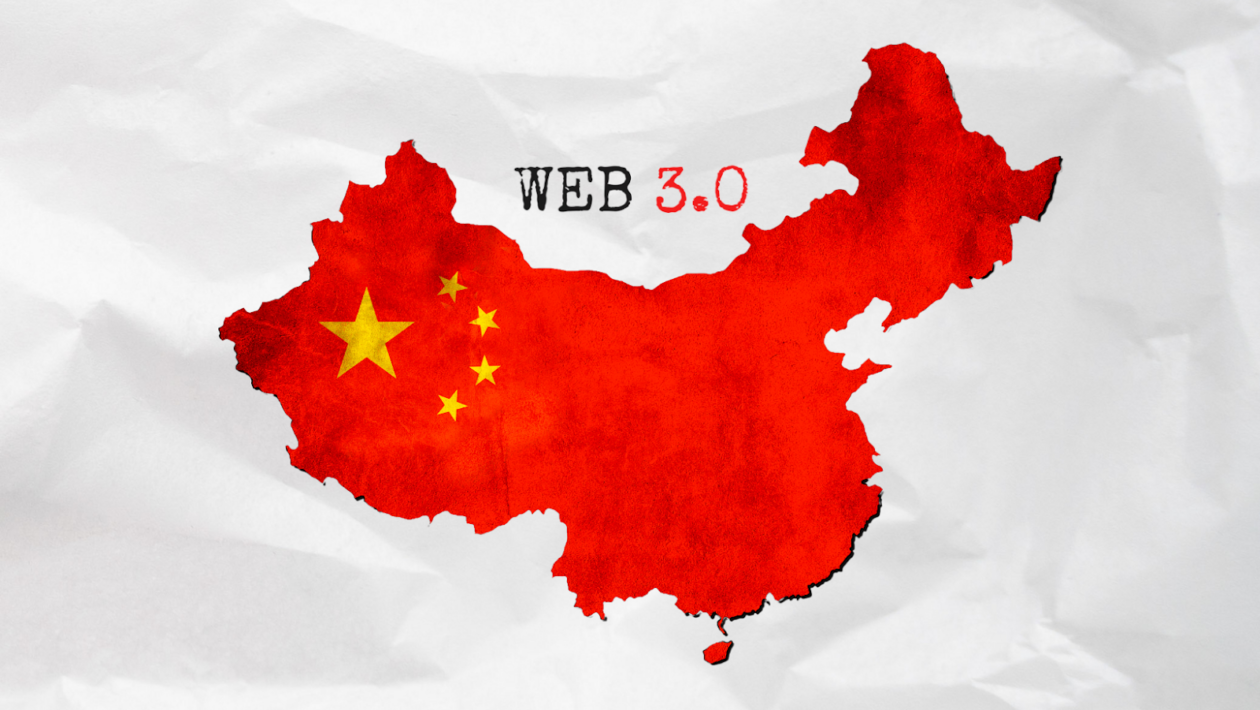What’s next for crypto miners after US debt ceiling deal?
In this issue
- US crypto mining tax: No deal
- NFT lending: Awash with competition
- Beijing and Web3: Red hot ambitions
From the editor’s desk
Dear Reader,
Innovation is a messy process. But how it evolves as it matures is very much guided by the powers that be: either capital or political. Its laissez-faire growth is increasingly managed once there’s critical mass. And we’re seeing that play out in the top stories in Web3 this week.
As the U.S. grapples with its debt ceiling, some compromises were made to get a deal done so America can pay its bills. Specifically, crypto miners in the U.S. (for now) likely are breathing a sigh of relief as the proposed 30% excise tax on power usage was removed. But in a country where states have a high degree of autonomy, many states are leaning into the growth opportunity and welcoming the potential cash flow. There is room for discourse, disagreement and inconsistencies — even between federal and state levels.
Meanwhile in China, there are mandated and government-supported moves into investing in Web3 and metaverse opportunities. While crypto remains banned in China, the underlying technology of blockchain remains key. Beijing, the capital city of China, just released its Web3 whitepaper that outlines its supportive thinking on the metaverse and NFTs. There is movement afoot.
And it comes at a time that is significant for developments for the industry as it seeks to monetize innovation. Make no mistake, what’s happening in Hong Kong as its financial regulatory body, the Securities and Futures Commission, releases its rules on virtual asset service providers this week, is also a reflection of China’s goals. It is exploring how it will engage with the rest of the world, while for its own citizens on the mainland, there will be no such allowances when it comes to freedom of capital and how money moves. But China is seeking to participate in these new technologies regardless and, more importantly, learn by doing.
Laissez-faire no more.
Until the next time,
Angie Lau,
Founder and Editor-in-Chief
Forkast
1. Sealing the deal

A proposed 30% tax on electricity used by cryptocurrency miners in the United States has been abandoned in the agreement reached between President Joe Biden and House Speaker Kevin McCarthy on increasing the country’s debt ceiling.
- Republican Congressman Warren Davidson shared this information in a tweet, linking to a draft bill called the “Fiscal Responsibility Act of 2023.” The bill aims to suspend the debt ceiling until January 2025 and prevent a national default.
- In a subsequent tweet, Davidson clarified that the bill no longer includes a tax on cryptocurrency miners, which was originally proposed by the Biden administration. This tax would have amounted to 30% of the power cost incurred by miners.
- “Yes, one of the victories is blocking proposed taxes,” Davidson tweeted, in response to a separate tweet from Pierre Rochard, vice-president of research at U.S.-based Bitcoin mining firm Riot Platforms..
- The Biden administration in March proposed the “Digital Asset Mining Energy excise tax” as part of the U.S. Treasury Department’s budget for this year, citing “negative spillovers” from the cryptocurrency industry to justify the tax.
- Shares of Riot Platforms on Nasdaq rose by 8.9% over the past week and were up by 14% since May 1. Shares of Marathon Digital Holdings, another U.S. crypto miner, climbed by 7.1% since last week11.5% for the past month.
- Despite the Biden administration’s stance, some U.S. states, including Arkansas, Montana and Texas have been more welcoming toward crypto miners, proposing legislation that would protect Bitcoin mining firms from discriminatory taxes and regulation.
- A vote by U.S. lawmakers on the debt ceiling bill is expected to take place next Wednesday.
Forkast.Insights | What does it mean?
While the Digital Asset Mining Energy bill appears to be no more, American crypto miners may be feeling a sense of relief. But it would be unwise to believe that scrutiny of their energy demands in the U.S. is over.
America’s power grid is old and in dire need of updates. Some 88 gigawatts of fossil fuel and
nuclear generating capacity is due to retire through 2027, with another 22 gigawatts possibly being slashed, according to the North American Electric Reliability Corporation.
Texas, where many of the country’s crypto mining outfits call home, sits on a power grid that is vulnerable to extreme weather fluctuations. Other parts of the nation are also grappling with a growing energy deficit.
From 2023 to 2027, California and the Midwest are expected to face a high risk of electricity shortages, while the Southwest, Northwest, New England and Texas have sufficient energy and capacity under normal circumstances but could experience shortfalls during severe conditions. The arrival of energy-intensive Bitcoin mining will only add pressure to an overstretched grid.
While there are claims that Bitcoin mining can help spur greater investment in renewable energy and improve the efficiency of a grid, miners are unable to select renewable energy as a source unless they are directly plugged into power supplies from renewable sources. Not taxing crypto miners may be welcome news for America’s crypto miners, but it also means the estimated 25 to 50 million tons of CO2 that crypto will emit in America each year is a problem that remains unsolved.
2. Competition escalates

Blur Lending, the lending protocol of the world’s leading NFT marketplace Blur.io, issued US$375 million worth of non-fungible token (NFT) loans in the first 25 days after launch and accounted for 82% of the NFT lending market, according to a DappRadar report last Thursday. Elsewhere, the NFT marketplace of Binance also launched its NFT lending services last week, targeting expansion in the emerging industry.
- Blur Lending, also known as Blend, is a peer-to-peer perpetual lending protocol that allows Blur users to borrow Ether with their NFT collections. Borrowers can list the NFTs they wish to use as collaterals, while lenders offer prices and interest rates for the assets they want to purchase. The protocol then matches the two parties based on their offers and provides options to borrowers.
- Blend was introduced by Blur.io on May 1, and it quickly became the leading platform for NFT lending. The NFT loan volume on Blend totaled US$308 million in the 22 days to May 25, accounting for 82% of the total volume in the NFT lending markets, according to the DappRadar report.
- Binance, the world’s largest crypto exchange, has also joined the NFT lending industry by announcing Binance NFT Loan. Binance’s peer-to-pool lending service allows NFT owners to secure Ether loans from a pool of liquidity providers, and offers loan-to-value ratios from 40% to 60% based on the NFTs used as collaterals.
- Binance NFT Loan currently accepts Bored Ape Yacht Club, Mutant Ape Yacht Club, Asuki and Doodles as collaterals, and plans to add more NFT collections later. Meanwhile, Blend accepts a larger variety of collections, and has announced it would soon support Pudgy Penguins, CloneX, Beanz and more.
- “The continuous nature of Blend’s loans has proven attractive to traders seeking additional leverage,” Brendan Humphries, head of business at peer-to-protocol NFT lending platform Pine Protocol, told Forkast in an email.
- “Products like Blend contribute to the continued maturation of the NFT market, increase market efficiency, and make the space more attractive to new entrants seeking sophisticated products and tools,” Humphries added.
- NFT-backed financing might help resolve the liquidity issue of NFTs, according to Humphries in a Forkast commentary.
- “With NFT-lending, users in need of instant liquidity no longer need to sell their digital assets, especially if the market price is low,” Humphries wrote. “This approach has several advantages over traditional lending models, including lower transaction fees, faster approval times and greater flexibility.”
Forkast.Insights | What does it mean?
NFTs are in need of a change in fortune. While Bitcoin has recovered somewhat since the crash of late 2022, NFTs have not. Trading volumes on NFT marketplace OpenSea, the world’s biggest NFT marketplace by trading volume, fell to a new low in May since June 2021, according to Dune. But Blur, and its lending platform Blend, appears to have changed that.
Blur quickly dominated the NFT trading market, overtaking OpenSea within months. Blend meanwhile, has captured 82% of the lending market in a matter of weeks. In May, Blend’s closest rival, X2Y2 only captured US$20.7 million in loan volumes, about a 5.5% market share, followed by NftFi with US$19.9 million or 5.3%.
The surge in NFT-backed lending appears to have come at the cost of trading. NFT loans now account for 46% of all of Blur’s recent activity, according to DappRadar.
But despite the explosion in trading activity, NFT prices continue to slip. The average sales price of Bored Ape Yacht Club NFTs declined 5% in the last 30 days, according to tracker NFT Price Floor. Popular CryptoPunks’ average price lost nearly 7% over the same period.
Perhaps the bigger story is how Blur and Blend have changed market dynamics of NFTs. With Blur, it lured major NFT holders with incentives that resulted in a surge in wash trading, painting a false picture of the health of the NFT market. Is Blend caught up in something similar? A case in point: DappRadar found that nearly half of Blur’s daily volume, or about US$104 million in loans, was transacted by just 306 unique daily users.
3. Red hot ambitions

Beijing’s local government on Saturday released a whitepaper outlining plans and challenges for development of the city’s Web 3.0 industry, joining at least 30 other cities and provinces across China and Asia that recently announced plans to build capabilities in Web3.
- The Beijing Municipal Science and Technology Commission said in the whitepaper that the city faces challenges in developing Web3 industries, including finding skilled talent, ensuring the integrity of blockchains, and developing relevant laws and regulations, according to the agency’s social media post on Saturday.
- The paper defines Web3 as providing a three-dimensional online space that merges virtual reality and the real world in an immersive experience that could enhance communication between humans and improve the efficiency of economic activities, according to the post.
- As of April, at least 30 provincial and municipal governments across China have rolled out guidelines or policies related to Web3 development, though the paper also notes that the Web3 sector remains in its infancy and has limited applications at present.
- The release of the whitepaper comes after the same Beijing government agency published a work plan in March to boost Web3 development in the city.
- Meanwhile, local media Cailianshe reported Saturday that a director of the Administrative Commission of Zhongguancun Science Park, a tech hub in Beijing, said that the city’s Chaoyang district plans to invest at least 100 million yuan (US$14.1 million) a year in local Web3 industries.
- Changpeng Zhao, founder of cryptocurrency exchange Binance, tweeted on Saturday that the release of the whitepaper is “interesting timing,” ahead of a new regulatory regime on cryptocurrency trading platforms set to take effect on June 1 in Hong Kong.
- Justin Sun, founder of Tron blockchain platform and advisor of crypto exchange Huobi, also tweeted that China’s commitment to embracing Web3 “reflects a significant step towards recognizing the transformative potential of decentralized systems and blockchain-based solutions.”
China banned all crypto mining and trading on the Chinese mainland in September 2021 but took a different approach toward non-cryptocurrency uses of blockchain technology. Last week, the municipal government of Zhengzhou, the capital of China’s Henan Province, issued policy proposals to support metaverse companies, along with the establishment of a 10 billion yuan fund dedicated to the industry.
Forkast.Insights | What does it mean?
Beijing’s latest whitepaper on the city’s Web3 industry reinforces China’s ambition to take the lead in developing the future of the Internet.
The whitepaper, however, did not put much emphasis on cryptocurrencies for apparent reasons — the crypto trading ban on the mainland that’s been in place since September 2021. That comes as disappointment to some industry participants after hopes that the Chinese authorities would adopt a relatively more crypto-friendly policy direction after Hong Kong’s new crypto retail trading regime takes effect on June 1.
That’s not the case for now. But one thing is certain: Hong Kong may have become a regulatory sandbox for China when the new trading licensing regime takes effect.
It would be Hong Kong’s role to support and boost the financial aspects of the Web3 economy, Yat Siu, cofounder and chairman of Animoca Brands, told Forkast in an interview this week. Siu added that if, in the future, people are ever able to buy a Chinese kind of Bitcoin or Ether, it will likely happen through Hong Kong — similar to what Hong Kong’s role has been in the past as a financial intermediary.
The release of Beijing’s Web3 whitepaper shows that local governments across China are not only actively rolling out guidelines or policies to support the nascent industry, but also joined and highly coordinated in doing so. Industry players are rightfully excited about potential new Web3 business opportunities on the mainland and also Hong Kong, with its new regulatory regime that now notably licenses and permits crypto trading and other activities banned on the mainland.


